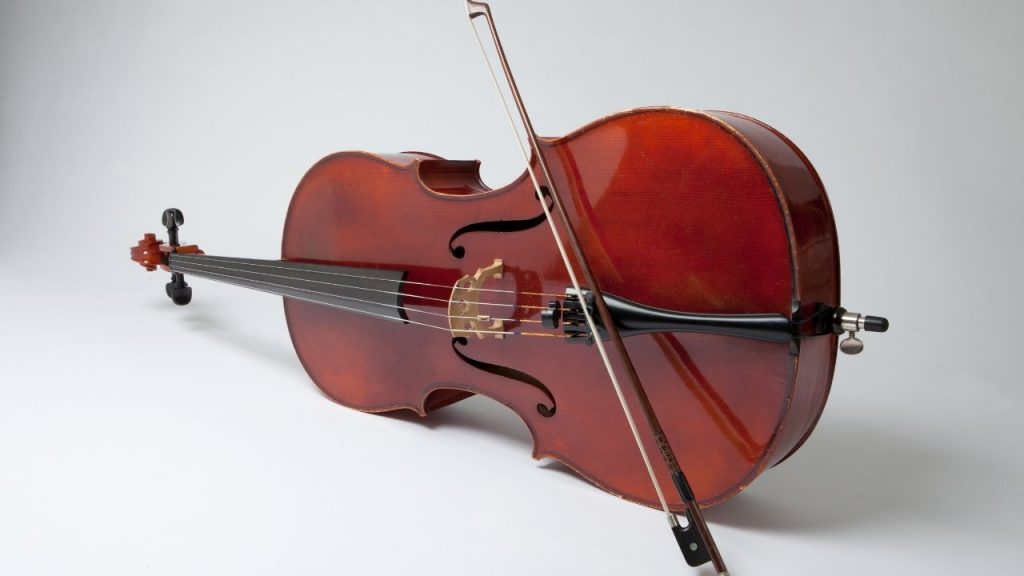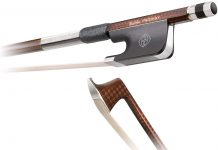Cellos belong to the stringed instrument family. It’s closely related to the violin. One key difference would be the tuning of its strings. Cellos are tuned to perfect fifths. The history of the cello dates back to the middle of the 16th century in Europe. For the first part of its history, it existed alongside the viola da gamba instrument family. Over the centuries, cellos have evolved, becoming what we know today.
When Was the Cello Invented?
The history of the cello dates all the way back to the 1500s. At that time, stringed instruments had become popular throughout continental Europe. The most popular type would have been the viola da gamba instruments. However, by the 1530s another family had emerged.
1500s
In the 1500s, there were two families of stringed instruments. The viola da gamba, or viola of the leg, were held using your legs. The viola da braccio family were played using your arms. The cello belongs to the viola da braccio family. These instruments only began to distinguish themselves in the mid-16th century. Cellos emerged as Italian luthiers experimented with the bass violin. Around 1538, cellos had begun to separate themselves from other instruments. Andrea Amati would have been the first luthier to truly develop what would be called a cello.
1600s
Cellos didn’t change much from their original conception until around 1660. Up to that point, all cellos used strings made of animal guts. These strings didn’t allow for the finest bass sounds. Wire round strings wouldn’t appear until the 1660s. These allowed for a much richer tone, making the cello even more popular.
1700s
By the 1700s, Italian players had popularized cellos throughout Northern Europe. Bass violins could still be found in France. However, by the end of the century, they would have all but disappeared. During the early part of the century, luthiers would experiment with sizes. Cellos wouldn’t be standardized until around 1750.
Baroque Era
During the Baroque period, cellos differed in many ways from their modern counterparts. Older cellos were shorter, and their necks were at a slightly different angle. They didn’t have an endpin. So, players would support them on their calves. String tension was also much lower. This is due to the use of gut strings at the time. These weren’t able to support as much tension as modern strings.
Modern Use
Today, cellos are used in a variety of settings. Perhaps most recognizable, orchestral use is quite common. Although, it’s not as popular in mainstream music as it was during the classical era. Both Bluegrass and Folk artists continue to showcase them in their music.
Who Invented the Cello?
Andrea Amati is instrumental to the history of the cello. He is the man credited with inventing the instruments we use today. Born in Cremona, Italy, he became the first member of the celebrated Amati family. His family would go on to become among the most well-known luthiers of their time.
How did Andrea Amati elevate the status of his instruments so highly? Well, a huge part of the reason would be his relationship with the royal court. At the time, cellos were seen as more of a farmhand thing. However, from 1560 to 1578, Andrea would commission nearly 40 instruments for the king. By the end of all this, cellos were found routinely among the royal courts.
Other instruments were popular for bass at the time. So, why would Amati invent the cello? Those other instruments had a number of flaws. For example, the bass violin was not comfortable to hold. With a bit of experimentation, Amati found a much better form. The improved model would allow players to play for far longer without any fatigue.
Modern Cellos
The history of the cello is still evolving. Today, we use instruments that are incredibly similar to those of 500 years ago. Several changes have been made, though. These changes have made them easier to play, and they’ve enhanced their sound quality. Modern instruments project much better than those of the classical era.
Wire Wound Strings
Wire-wound strings would be among the most noticeable changes. Classical-era instruments utilized strings made of gut. Although, their G and C strings were wire-wound. Gut strings have a number of disadvantages. Primarily, they make the instruments far more difficult to tune. Not only that, but these strings wouldn’t project their sound nearly as well. Wire-wound strings help give the modern cello its distinctive sound.

Changes to the Neck
Older cellos wouldn’t feel as comfortable to play for a modern player. That’s mostly because of the neck’s slightly different intonation. Sizes wouldn’t be standardized until the modern era.
Addition of Fine-Tuning Pieces
Classical cellos were a chore to tune. Thanks to their use of gut strings, fine-tuning pieces wouldn’t be feasible until much later on. As a result, older cellos didn’t even have fine-tuning pieces. Fine-tuning pieces wouldn’t be added until after all cellos began to use wire-wound strings.
Modern Cellos Have an Endpin at the Bottom
Finally, modern models always have an endpin at the bottom. These let players support their instruments on the floor while playing. 300 years ago, players wouldn’t have had that luxury. Their cellos were meant to be played while supporting them on their calves.
Conclusion
Cello history is a long and interesting story. They are derivatives of the bass violin from the 1500s. At the time, most instruments belonged to the viola da gamba family of instruments. Cellos would enter the picture alongside the violin and viola. These all were part of the new viola da broccia family of instruments. Andrea Amati would be the first person to create what we know today as the cello. By the middle of the 1500s, Amati was commissioning dozens of instruments for the French Royal Court. Cellos were popular throughout northern Europe by the end of the century. From there, they would continue to evolve until the modern era.
Table of Contents






